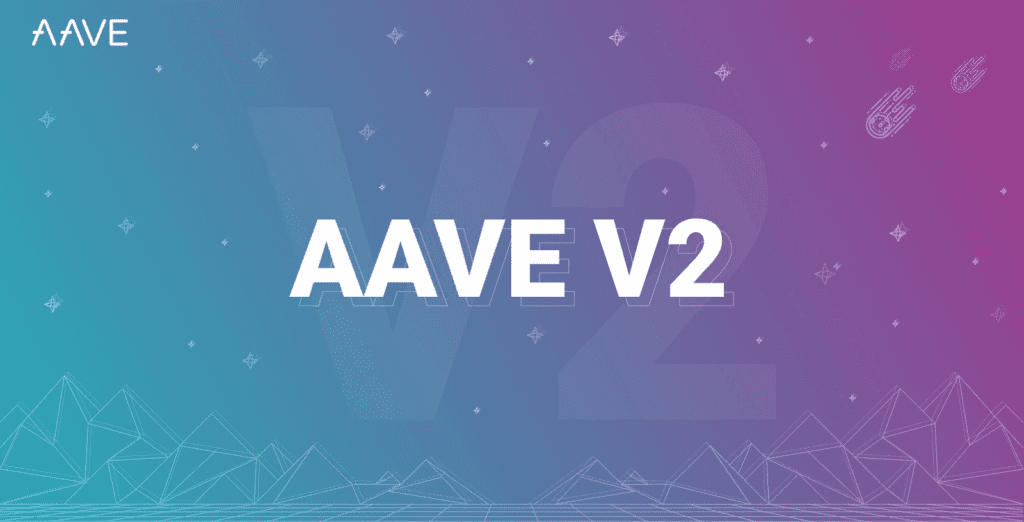Key Points:
- After Aave V1, this time, it’s Aave V2’s turn that is being proposed to be scrapped.
- Due to low usage in the AMM V2 market leads to low liquidity of the protocol.
- Previously, the proposal to vote to remove V1 was approved with 99.98% support.
After Aave V1, the community is now considering abandoning Aave V2 as part of the process of pooling liquid assets onto a single protocol.

According to the Snapshot voting website, the Aave community will begin voting on the ARFC proposal to “Deprecate Aave V2 AMM Market” on April 24 at 8:00 PM UTC and will expire on April 29.
The suggestion claims that due to the low use rate of the AMM V2 market and the fact that the only unfrozen assets accessible on V2 ETH and V3 ETH are the primary assets (DAI, USDC, USDT, WBTC, ETH), it is advised to leave the AMM V2 market.
This includes lowering the liquidation barrier for all LP tokens to zero and freezing all other assets (DAI, USDC, Tether, WBTC, ETH). Freezing assets does not result in the liquidation of positions.
Lowering the Liquidation Threshold to zero liquidates the accounts (users borrowing against LP token collateral); presently, the Aave V2 AMM market has around $150,000 in LP token deposits.
If the Snapshot vote passes, the AIP proposal is published, giving users enough opportunity to alter their viewpoints as required.
As Coincu reported, the ARFC proposal on the “Aave V1 Offboarding Plan” gained 99.98% approval from the Aave community.
The plan includes an offboarding strategy for Aave V1 by implementing new rate strategies for all assets listed on the site, making borrowing and submitting on V1 less desirable, and encouraging users to migrate their assets to Aave V2 or Aave V3. The proposal states that V1 was an essential platform in the DeFi ecosystem, but with the introduction of Aave V2 and Aave V3, users and resources must be redirected to these more complex and efficient platforms.
DISCLAIMER: The information on this website is provided as general market commentary and does not constitute investment advice. We encourage you to do your own research before investing.
Join us to keep track of news: https://linktr.ee/coincu
Harold
Coincu News


















